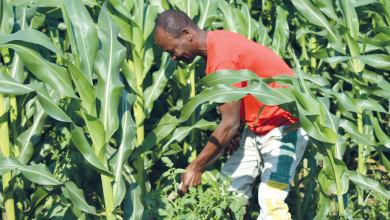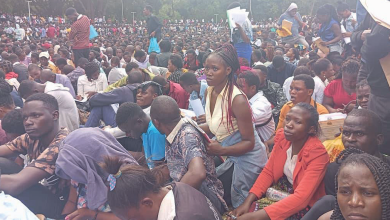Time to end child labour
Malawi Government developed the second National Action Plan on Child Labour for 2020 to 2025 to guide the implementation of the National Child Labour Policy.
Experts believe that the interventions outlined in the action plan will help eradicate child labour.
However, with only two years left before the action plan expires, the National Child Labour Policy remains in draft form.
Furthermore, Malawi is yet to ratify the International Labour Organisation (ILO) Convention 189 on Domestic Child Labour.
These delays jeopardise the achievement of Sustainable Development Goal Target 8.7: Ending all forms of child labour and increase the risk of children being forced into the worst forms of child labour by 2030.
The current child labour situation in Malawi is worrisome.
The 2015 National Child Labour Survey shows that 38 percent of children aged five to 17 are involved in child labour in Malawi.
The findings also show that more boys (39 percent) are were involved in child labour than girls (37 percent).
Additionally, it indicates that child labour is more prevalent in rural areas (39.3 percent) than in urban areas (30.3 percent), with the Southern Region having the highest proportion of children in child labour (43.5 percent).
Malawi has ratified the ILO Conventions 138 and 182 to combat the problem. The conventions, along with the Constitution, Child Care Protection and Justice Act of 2010, Employment Act of 2000 and the Education Act 2012, contain provisions to promote child education and prohibit child labour.
These efforts are on top of other programmes to end poverty, improve access to free and compulsory education and address household vulnerability to shock.
Recently, government has aligned itself with the ILO’s Durban Call to Action on the Elimination of Child Labour.
Among other things, the call for action made last year prioritises making decent work a reality for adults and the youth above the minimum age for work; ending child labour in agriculture; preventing and eliminating child and forced labour through data-driven policy and programmatic responses.
It also calls on governments and all stakeholders to realise children’s right to education; achieve universal access to social protection and increase financing and international cooperation.
With only about two years before the assessment of the Sustainable Development Goal (SDG) target of 2025, and the expiry of the second national action plan, it is high time government set priorities of the Durban Call to Action on the Elimination of Child Labour.
It is most likely that the target of eradicating child labour by 2025 will not be achieved.
However, there is still time for the government to expedite the approval for the national policy.
The government can still put in place measures towards ratifying and implementing the ILO Convention 189 on Domestic Child Labour before 2025.
These measures can contribute towards eradicating child labour as Convention 189 provides power to the Labour inspectors to monitor child labour within domestic settings, which is one of the significant gaps in the current child labour legislation.
Besides, the finalisation and implementation of the national policy will provide policy direction on how government can implement the Durban Call to Action.
Overall, there is still a little time to implement these steps and there is no better time to take these actions than today, the World Day against Child Labour.
This year’s commemoration calls for more action for achieving social justice; universal ratification of ILO Conventions 138 and 182. It is demands effective implementation of the Durban Call to Action.



